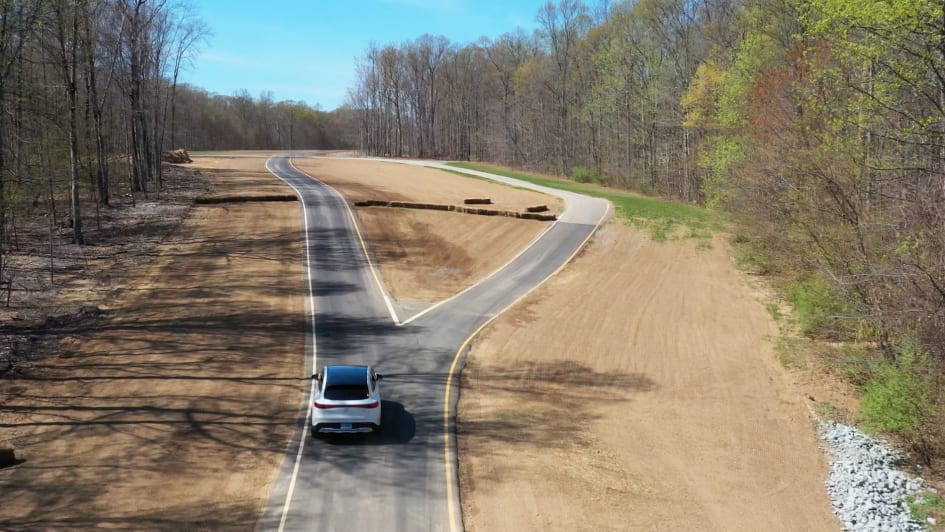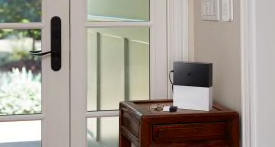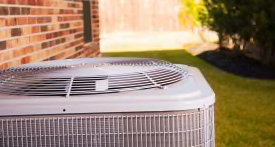A Tour of CR's New $1 Million ADAS Auto Test Loop

More than half of new cars today come with advanced driver assistance systems (ADAS) that can automate certain driving functions. “When ADAS technology is done right, it can make driving safer and easier,” says Kelly Funkhouser, Consumer Reports’ manager of vehicle technology. “But poorly designed systems can put drivers at risk.”
We built the 1.5-mile ADAS test loop at our Auto Test Center so that we could safely evaluate these increasingly common systems. The $1 million loop is designed to the specifications of U.S. public roadways and with features including curves, hills, split lanes, lane merges, and exit ramps, allowing us to test ADAS functions such as lane centering assistance, lane departure warning, and adaptive cruise control in real-world driving scenarios.






















